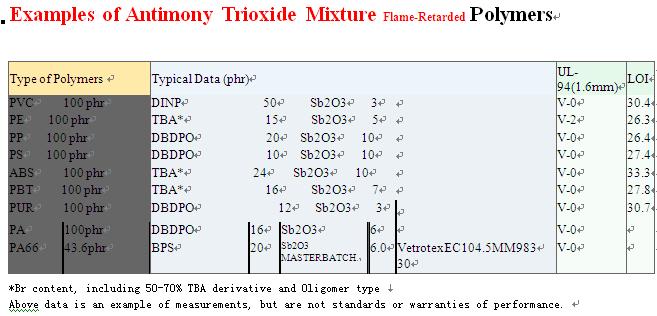Jan 1, 2007 12:00 PM
For this discussion, flame retardants are additives for adhesives or coatings that make an adhesive or coating resistant to catching fire. This may be an oversimplification, since catching fire can have different meanings.
For an adhesive or coating, it simply might mean the adhesive or coating itself will not catch fire in the final application.
Alternately, it might mean the adhesive or coating will prevent the entire final product from catching fire. Finally, it could mean the adhesive or coating with the flame retardant will delay something from catching fire for a specified time.
No flame retardant will work in all applications. This means the manufacturer of an adhesive or coating that will have flame-retardant characteristics will have to examine various materials to find one or a combination of materials that will function properly.
When working with an adhesive or coating that must be fire-retardant, the first thing to determine is the specific end-use requirements. The total prevention of fire obviously is completely different than delaying a fire for a specific time. Requiring an adhesive or coating to provide protection against fire for a material using it is a complex requirement.
Note also that flame retardants do not conform to the FDA regulations that adhesives and coatings usually must meet.
Flame retardants used in adhesives and coatings generally are either halogen or non-halogen materials. The halogen materials contain chlorine or bromine and often use antimony trioxide or another synergistic material to provide the proper degree of flame retardance.
Non-halogens are aluminum trihydrate and various miscellaneous materials. In some instances, modification of the polymer backbone used in an adhesive or coating can provide flame retardation. For example, the chlorine component of vinyl chloride copolymerized into a chain can give a degree of flame retardation.
At first glance, using flame retardants might seem very simple—add them to an existing adhesive or coating. Unfortunately, life is never that easy.
Taking almost any adhesive or coating and adding any material will alter the desirable properties of that adhesive or coating. Solid flame retardants require dispersion into an adhesive or coating, where they then often can decrease the adhesive or cohesive strength of an adhesive or properties of a coating such as adhesion or sealability.
Since the degree of flame retardation depends on the amount of additive, achieving high flame retardation means adding large quantities of the flame retardant. As these levels become increasingly higher, the desirable properties of an adhesive or coating can decrease considerably.
The addition of solid flame retardants also will contribute to a loss of transparency for an adhesive or coating, when this might be an important end-use property.
Liquid flame retardants generally are materials that act as plasticizers in adhesives and coatings. If a particular adhesive or coating in its end use can tolerate a large amount of plasticizer, this is often a better approach than a solid material.
Nevertheless a large quantity of liquid plasticizer can dilute the effect of an adhesive or coating and change its final properties considerably.
**********************
DONGGUAN JIEFU FLAME-RETARDED MATERIALS CO.,LTD
Sam Xu
Tel: 86-755-83474911
Fax: 86-755-83474980
Mobile:13929211059
E-mail: xubiao_1996(at)hotmail.com samjiefu(at)gmail.com
Add: jiefu industrial park shuiping industrail district dalang town dongguan GD,P.R.C
blog:http://antimony-trioxide.blogspot.com
website:http://www.jiefu.com








0 comment:
Post a Comment